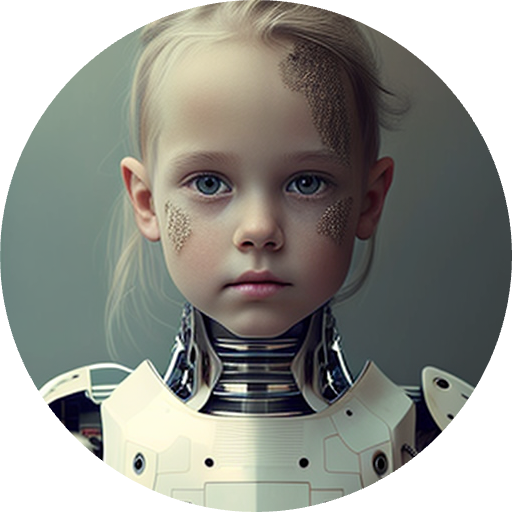A Digital Child Avatar
to Train Interviewers Working with Abused and At-Risk Children


We have developed a new digital interview-training program drawing on expertise in developmental psychology and AI.

We have developed a new digital interview training program drawing on expertise in developmental psychology and AI.
